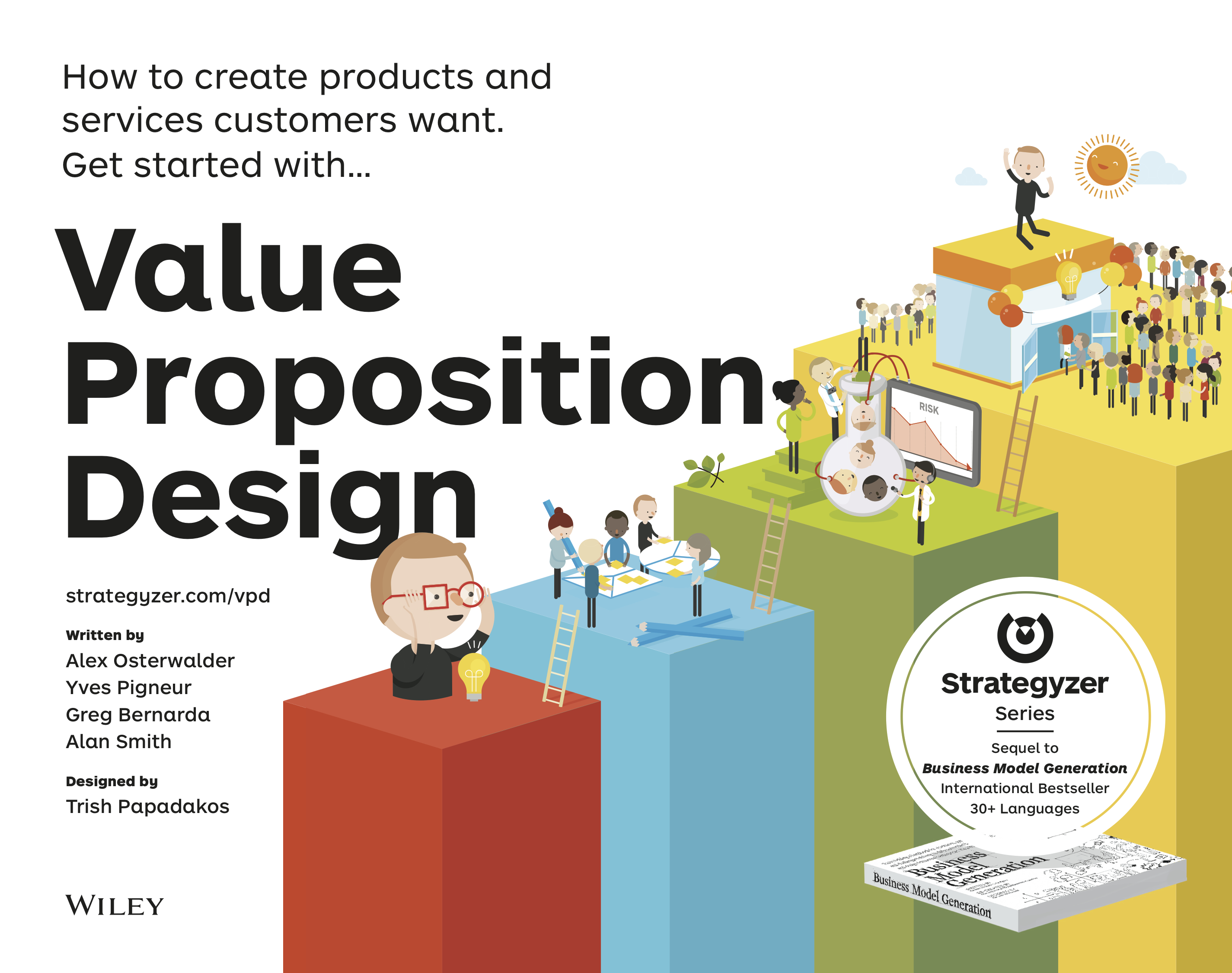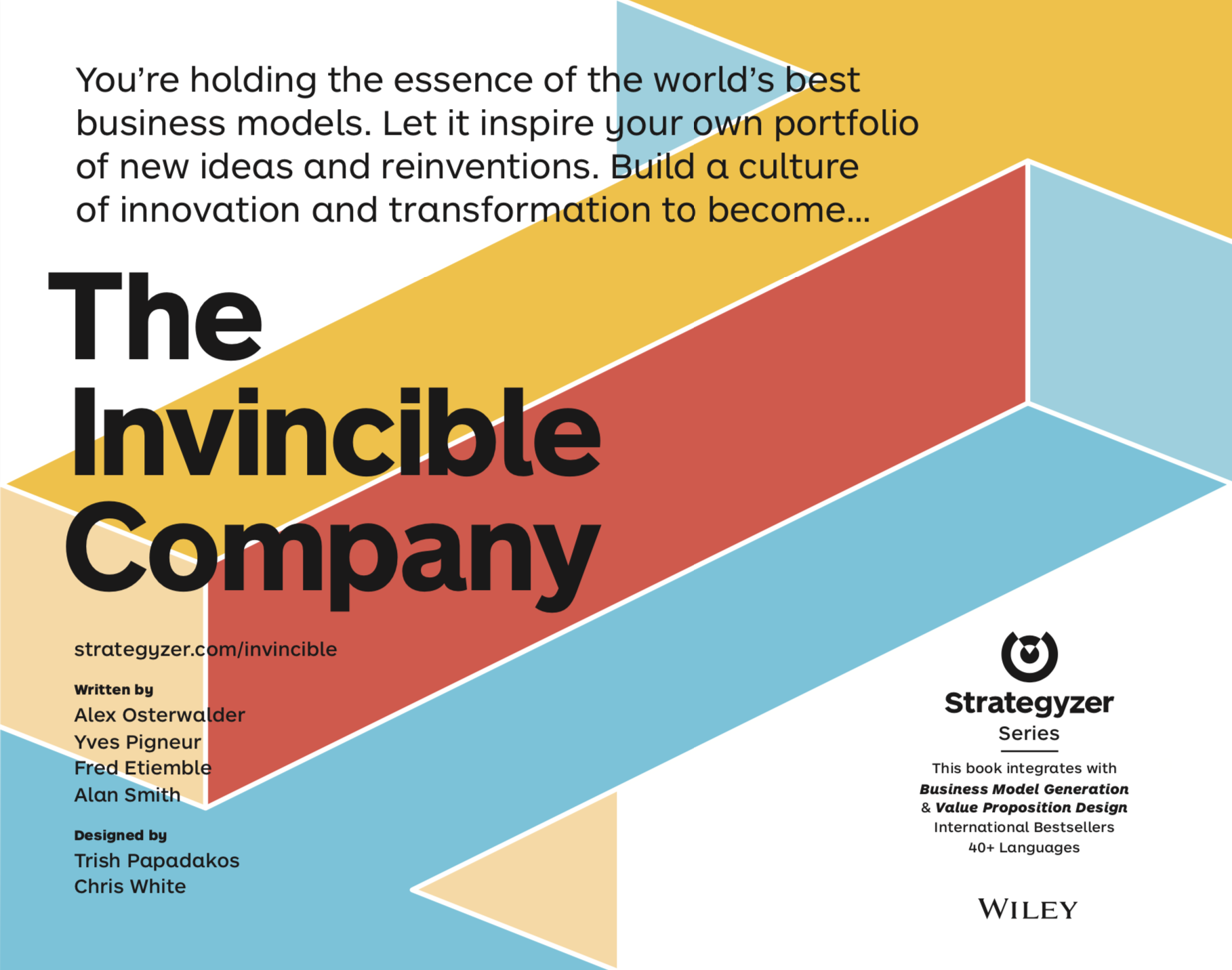Design of interactive software (old)
Objective
This course mainly provides the participants with human-computer interaction concepts, theory, and practice, for analyzing the user requirements, designing interactive software and evaluating usability. The course mainly deals with requirement analysis, design, prototyping, usability evaluation, and documentation.
The framework, adopted from [Rosson and Carroll, 2002], ’is founded on the use of scenarios as a central representation for the analysis and design of use. A scenario describes an existing or envisioned system from the perspective of one or more users and includes a narration of their goals, plans, and reactions’. Learning will be accomplished through lectures, case studies, group projects, and research. The course also aims at making sensitive the students in the science of design.
Upon completion this course, the participants will (a) have a general understanding of the human-computer interactions and usability engineering, (b) be aware of the scenario-based design, and (c) be familiar with the science of design.
Content
The first part discusses the problem in software development that motivate the use of scenario-based design (SBD). It provides an overview of the scenario-based framework that form the basis of this course. This part also introduces the goals and the methods of requirements analysis, the phase of software development in which the needs of clients with respect to a proposed project or technology are analyzed.
The second part introduces the concepts and methods of activity design, in which the problems and opportunities of current practice are transformed into new way of behaving. It also introduces the concepts and techniques of information design, in which the objects and actions are represented and arranged in a way that facilitates perception and understanding. The goal of interaction design is to specify the mechanisms fro accessing and manipulating task information.
In the third part, a logical entailment of iterative design is that prototypes, concrete but partial implementations of a system design, are constructed and evaluated to guide redesign and refinement. Usability evaluation is any analysis or empirical study the usability of a prototype or software. The goal is to provide feedback in software development, supporting an iterative development process.
The last part concerns advanced topics in designing information systems (groupware, data visualization and system integration), and deals with topics related to the science of design in management and information systems.
Required text
Rosson, M., Carroll, J. 2002. Usability Engineering: Scenario-Based Development of Human-Computer Interaction. Morgan Kaufmann, and its case studies (on the web).
Weekly reading materials will acquaint the participants with the topic to be covered in the upcoming class. Students are required to read all of them for the course. The assigned reading list is provided in the “Course Schedule” section of this syllabus.
Evaluation
The students will conduct, by group of three, a project and a scenario-based design of a human-computer interaction, with the three main phases: requirement analysis, design and prototype, and usability evaluation. For grading purpose, activities will be issued based on the following scheme: (a) 15% for the class participation, (b) 35% for the project, and (c) 50% for a two-hour written closed-book exam (same conditions for retake).
Language
The course is given in French but the course material is in English. In addition, English-speaking students can ask their questions, and write exam and project paper in English.
Syllabus
http://www.hec.unil.ch/yp/HCI/




